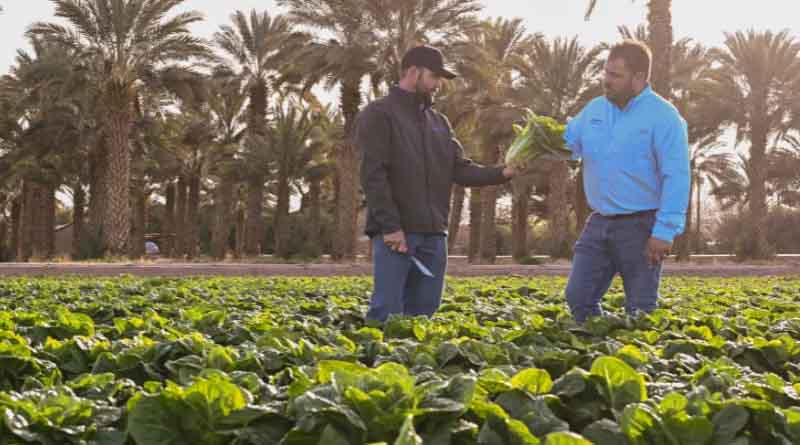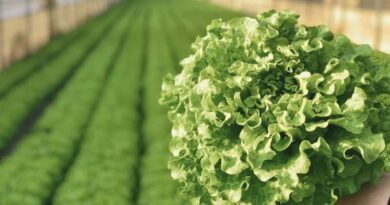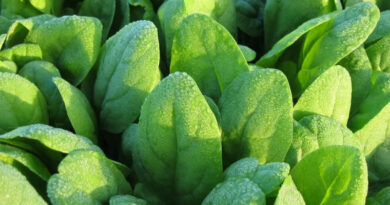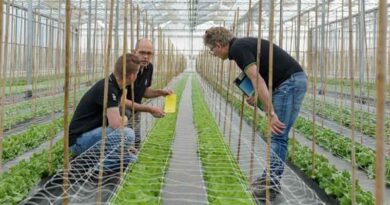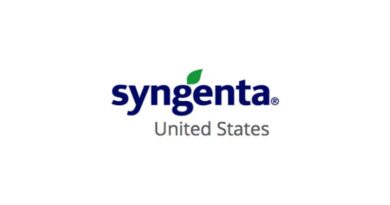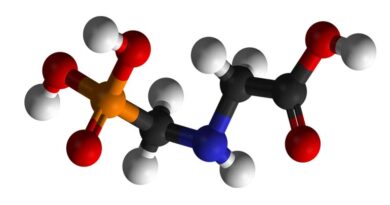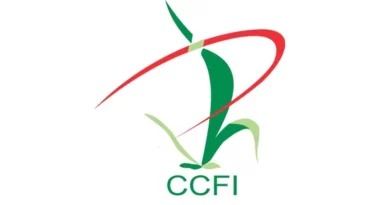Do You Know How to Identify Downy Mildew in Lettuce?
11 January 2024, UK: Lettuce relies on quality – quality of the product itself and the quality of the yield in field. Diseases can destroy both factors in one fell swoop. Damaged leaves make it unsellable and disease spread throughout the field leads to major yield losses.
Downy Mildew is among the most troubling diseases in lettuce, and something Syngenta breeders dedicate research and effort into to continually provide resistance to the pathogen, even as it evolves. Using resistant varieties is a great step in reducing your risk, but it’s also important to understand risk factors and where this pathogen might be more likely to occur.
Understand Risk Factors and Impact
The lettuce leaves require a recipe of three factors for symptoms to develop. Damp, cool conditions with the addition of moisture on the leaves make for the perfect breeding ground for the pathogens. Growers who live in cooler areas where leaf wetness may be present for long periods of time, like an overnight dew, downy mildew is more likely.
Upper surfaces of infected leaves will have light green to yellow angular spots, with a white fluffy pathogen growth under these spots. As time passes, the lesions brown and dry up. Leaves that have a major infection may die. On some occasions downy mildew is systemic, which creates a discoloration in the stem tissue.
Mild infections may go unnoticed if they only occur on lower leaves. In some cases, particularly if cap leaves are infected, the end result may be completely abandoning whole heads. Plus, sporulation can occur after harvest which reduces quality as the product makes its way to the consumer.
Downy mildew is a major threat to lettuce growers around the world, with potential for yield losses up to 100 percent. It can infect wrapper leaves requiring removal at harvest, or damage cap leaf or leaf lettuce creating complete yield loss. All in all, it’s a disease that can cause damage both in the field and even after harvest.
How Syngenta Supports Growers
Through collaboration with breeders, representatives and growers, Syngenta has developed strategies to combat downy mildew. Collaborative efforts globally allow for efficiently identifying new isolates. Our breeders are dedicated to developing varieties resistant to any newly discovered isolates.
In fact, Syngenta Vegetable Seeds already developed lettuce varieties resistant to the three recently discovered races of downy mildew. As innovation continues at Syngenta Vegetable Seeds, so will collaboration, providing growers access with the latest tools and variety to protect their lettuce crop from major threats like downy mildew.
Also Read: Meghmani Organics Limited forays into crop nutrition segment with Nano Urea
(For Latest Agriculture News & Updates, follow Krishak Jagat on Google News)

